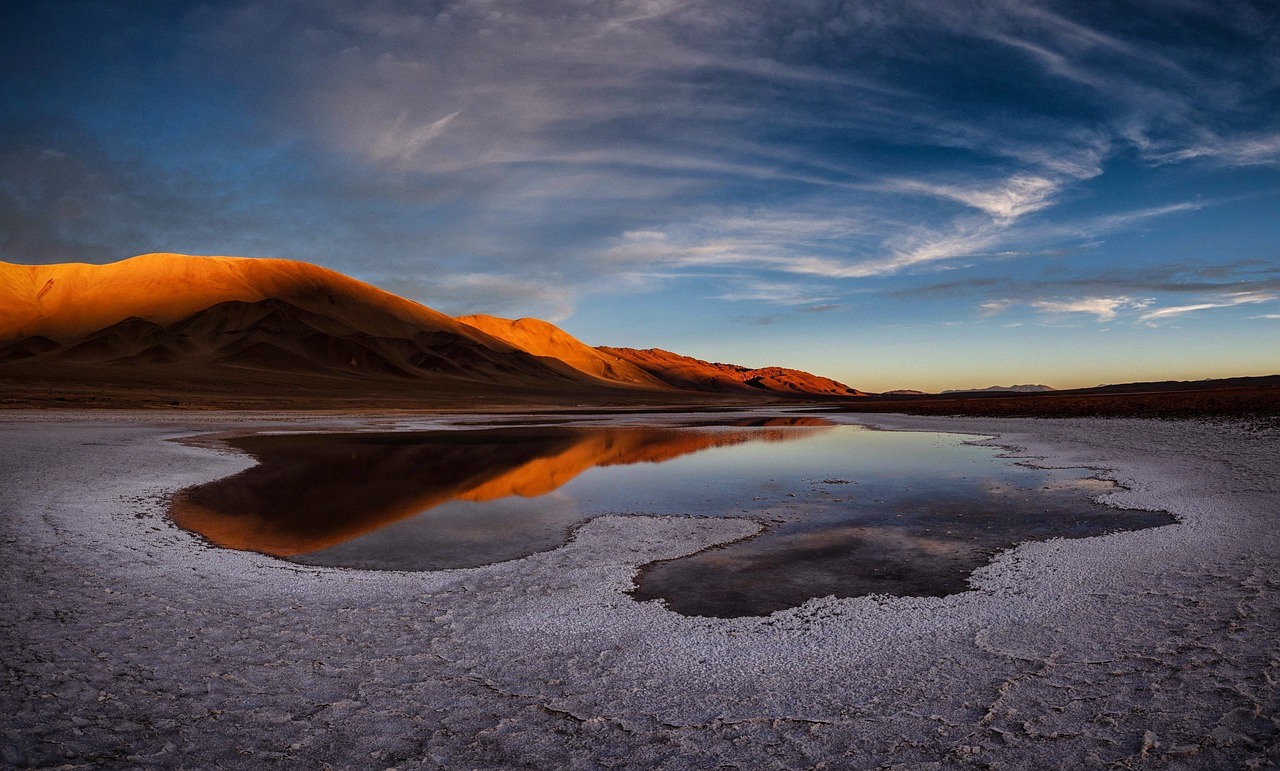Ushuaia weather is known to be one of the most variable and unpredictable in the world. As the southernmost city in the world, it is located in the heart of Tierra del Fuego, on the southern tip of Argentina. This isolated location, surrounded by the Andes Mountains and the Beagle Channel, makes it a unique destination, with a weather system that is influenced by the cold Antarctic currents and the warm South Pacific currents.
The city of Ushuaia has a sub-polar oceanic climate, characterized by cool summers and cold winters. The average temperature during the summer months (December to February) ranges from 5 °C to 15 °C (41 °F to 59 °F), while in the winter months (June to August) it can drop to -10 °C (-14 °F). The temperature difference between day and night can be significant, with an average of 20 °C (36 °F) during the day and 0 °C (32 °F) at night.
Precipitation is high throughout the year, with an average of over 600 mm (24 inches) of rainfall per year. The majority of the precipitation falls in the form of rain, although snowfall is common during the winter months. The city also experiences strong winds, especially in the winter, which can make the temperature feel much colder than it actually is.
<
| Month | Low (°C) | High (°C) | Low (°F) | High (°F) | Rain (%) |
|---|---|---|---|---|---|
| January | -4 | 13 | 24 | 55 | 80 |
| February | -3 | 13 | 27 | 55 | 75 |
| March | -2 | 12 | 28 | 54 | 70 |
| April | -1 | 11 | 30 | 52 | 65 |
| May | 0 | 10 | 32 | 50 | 60 |
| June | -1 | 9 | 30 | 48 | 55 |
| July | -2 | 8 | 28 | 46 | 50 |
| August | -3 | 7 | 27 | 45 | 45 |
| September | -4 | 6 | 24 | 43 | 40 |
| October | -4 | 6 | 24 | 43 | 35 |
| November | -3 | 7 | 27 | 45 | 30 |
| December | -4 | 8 | 24 | 46 | 25 |
When it comes to determining the best time to visit Ushuaia, it ultimately depends on one’s preferences and the activities they plan to do during their trip. For those who enjoy winter sports such as skiing and snowboarding, the winter months of June to August would be the best time to visit. However, these months can also be quite cold and windy, with shorter daylight hours.
On the other hand, the summer months of December to February offer milder temperatures and longer daylight hours, making it ideal for outdoor activities such as hiking, fishing, and boat tours. Additionally, during the summer, visitors can witness the beauty of the local flora and fauna, such as the native penguins, sea lions, and cormorants.
It is also worth noting that the shoulder seasons of March to May and September to November can be a good time to visit as well. The weather during these months is usually less crowded and milder than in the peak season, with the added bonus of lower prices for accommodations and activities.
For those interested in photography, the best time to visit Ushuaia would be during the fall and spring months when the leaves change color, offering a unique and beautiful landscape.
In conclusion, the best time to visit Ushuaia depends on one’s preferences and the activities they plan to do during their trip. The summer months offer milder temperatures and longer daylight hours, perfect for outdoor activities. The winter months are ideal for winter sports. And the shoulder seasons can be a good time to visit as well, with milder weather, less crowds and lower prices. So, it’s really up to you what you want to experience in Ushuaia.



